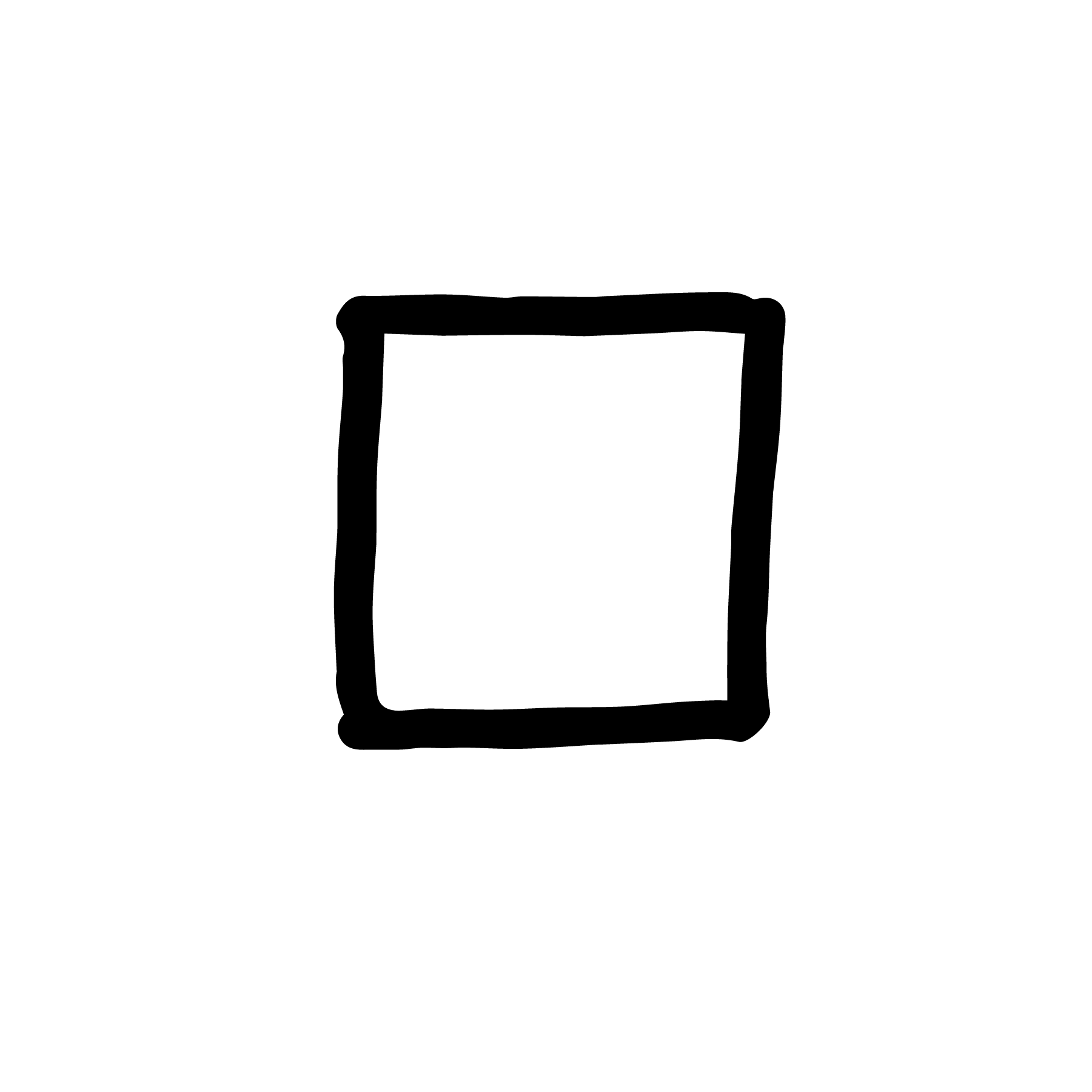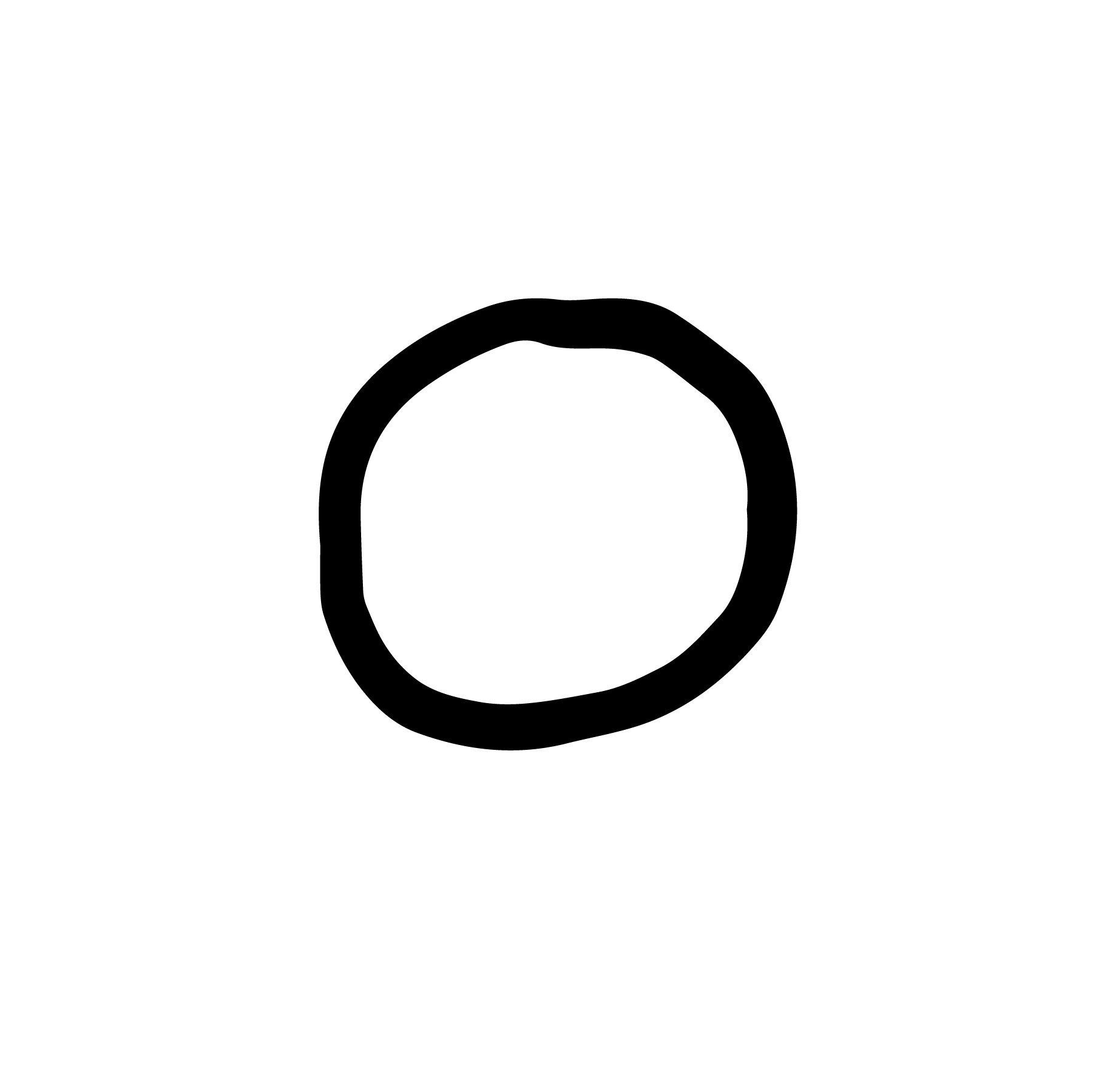Overall, my design process is pragmatic. Rather than applying every step in a linear progression, I do what’s best for user needs and business needs during any stage of a product’s development.
Seeking
Broadening my horizons and learning new things is my number one source of inspiration. It allows me to change my perspective and see things in a new light. It’s also a great way to find design opportunities by observing disconnections and making new connections.
Tools: Talking with people, people-watching, reading, listening to podcasts, and trying new things.
Reframing
Things aren’t always what they seem. Thinking outside the box is always a good idea, but sometimes it’s better to question why the box exists in the first place. Solving the real user problem saves time, and prevents the creation of band-aid solutions. I do this by asking “why” first, rather than “what” or “how.”
Tools: Design sprints, brainstorms, whiteboarding, and creating design principles with business stakeholders.
Surveying
Once there’s a clear design opportunity, I shift my focus to getting a lay of the land. I reference the business needs, look into any technical constraints, talk with extreme users, consult subject matter experts, do competitive analysis, analyze quantitative data, and conduct ethnographic research, all with the goal of understanding the problem or goal.
Tools: User journeys, interviews, trade-off exercises, participatory research, taking photos, and videography.
Exploding
When I ideate, my brain explodes on paper, unfiltered and without judgement. I always try to push myself beyond obvious solutions by coming up with as many solutions as possible. One of my favorite ways of getting around designer’s block is to combine seemingly unrelated things, or explore new ways of looking at the problem.
Tools: Pen and paper, whiteboarding, low fidelity mockups in Figma/Sketch/XD or After Effects, and click-through prototypes using Keynote/Powerpoint.
Curating
A creative writing professor of mine told our class, “There are no good writers, there are only good editors.” The same applies to design. Whether it’s giving blue-sky concepts a dose of realism, or just choosing the ideas that address users’ specific needs, sound reasoning is the best weapon against bad design.
Tools: Medium to high fidelity comps in Figma/Sketch/XD, presenting ideas with digital decks or printouts, and critiquing ideas based on intuitiveness, feasibility, viability, and how well it addresses the brief.
Constructing
I prototype to see where my ideas break, to understand how to make the product more intuitive, and to have conversations with people about different solutions. Those conversations are one way I strive to design with people, not for people. Prototypes are also how I communicate more complex ideas to engineers and other stakeholders.
Tools: Interactive prototyping with Figma/Sketch/XD, Protopie, and (sometimes) HTML & CSS, user testing, user testing, and user testing.
Polishing
Over the coarse of my entire process, I am constantly smoothing rough edges. I make sure my design addresses a solution as holistically as possible, fits well into the ecosystem it lives in, and is visually consistent (even though there are rare times that call for breaking the rules).
Tools: High fidelity comps in Figma/Sketch/XD and After Effects, and reviewing redlines/builds/code with engineering.







